 What's Life After Stent Placement? - Docwire News
What's Life After Stent Placement? - Docwire NewsAngioplasty of the peripheral artery and stent placement What is angioplasty and stent placement? Angioplasty with stent placement is a minimally invasive procedure used to open narrow or blocked arteries. This procedure is used in different parts of the body, depending on the location of the affected artery. It only requires a small incision. Angioplasty is a medical procedure in which the surgeon uses a small balloon to expand an artery. A stent is a small mesh tube that is inserted into the artery and left there to prevent it from closing. Your doctor may recommend taking aspirin or antiplateliers, such as clopidogrel (Plavix), to prevent clotting around the stent, or may prescribe medications to help lower cholesterol. When your cholesterol levels are high, a fat substance known as a plaque can connect to the walls of your arteries. This is called atherosclerosis. As the plate accumulates inside the arteries, the arteries can be narrowed. This reduces the available space for blood to flow. The plate can be accumulated anywhere in the body, including the arteries in the arms and legs. These arteries and other arteries farther away from their heart are known as peripheral arteries. Angioplasty and stent placement are treatment options for peripheral arterial disease (DPA). This common condition involves the narrowing of the arteries in its members. PAD symptoms include: If medicines and other treatments do not help your PAD, your doctor may choose angioplasty and stent placement. It is also used as an emergency procedure if you are having a heart attack or stroke. Any surgical procedure carries risks. Risks associated with angioplasty and stents include: Risks associated with angioplasty are small, but may be serious. Your doctor will help you assess the benefits and risks of the procedure. In some cases, your doctor may prescribe antichlorteal medications, such as aspirin, up to one year after your procedure. There are several ways you will need to prepare for your procedure. You should do the following: Angioplasty with stent placement usually takes an hour. However, the procedure may take longer if stents need to be placed in more than one artery. You will be given a local anesthesia to help relax your body and mind. Most people are awake during this procedure, but feel no pain. There are several steps for the procedure: Making IncisionAngioplasty with stent placement is a minimally invasive procedure that is done through a small incision, usually in your groin or hip. The goal is to create an incision that will give you access to the blocked or narrow artery that is causing health problems. Lock location Through that incision, your surgeon will insert a thin, flexible tube known as a catheter. Then they will guide the catheter through their arteries to obstruction. During this step, your surgeon will see your arteries using a special X-ray called fluoroscopy. Your doctor may use a dye to identify and locate your obstruction. Placing the StentYour surgeon will pass a small wire through the catheter. A second catheter that is connected to a small balloon will follow the guide cable. Once the balloon reaches its blocked artery, it will inflate. This forces the artery to open and allows the blood flow to return. The stent will be inserted at the same time as the balloon, and expands with the balloon. Once the stent is secure, the surgeon will remove the catheter and ensure that the stent is in place. Some stents, called drug elusion stents, are covered in medications that are slowly released into the artery. This keeps the artery smooth and open, and helps prevent future blockades. Closure of Incision Following the placement of stent, your incision will be closed and dressed, and you will be taken back to a recovery room for observation. A nurse will monitor your blood pressure and heart rate. Your movement will be limited at this time. Most stent placement angioplasties require a night visit to make sure there are no problems, but some people can go home the same day. Your incision site will be pained and possibly boiled for a few days after the procedure, and your movement will be limited. However, short walks on flat surfaces are acceptable and stimulated. Avoid going up and down stairs or walking long distances in the first two to three days after your procedure. You may also need to avoid activities such as driving, working in a patio or sports. Your doctor will tell you when you can return to your normal activities. Always follow the instructions given to your doctor or surgeon after your surgery. The full recovery of the procedure may take up to eight weeks. While your healthy incision wound, you will be advised to keep the area clean to prevent possible infections and change the dressing regularly. Contact your doctor immediately if you notice the following symptoms on your incision site: You should also contact your doctor immediately if you notice: While stent placement angioplasty addresses an individual block, do not fix the underlying cause of the block. To prevent new blockades and reduce the risk of other medical conditions, you may need to make certain lifestyle changes, such as:Your doctor may also recommend the long-term use of anticlotting medications, such as aspirin, after your procedure. Do not stop taking these medications without talking to your doctor first. Last medical review on 10 February 2016Read this following
Accessibility links Search results Angioplasty and stent - heart - secretion : MedlinePlus ...It does not feel well after Stent - Forum of cardiology patients How will I feel after angioplasty and stent procedure ...7 Tips for exercise After angioplasty - GreetingsFievere after angioplasty with Stent - Coronas Lounge Afterplasty - YouTubePage navigation1 Foot links
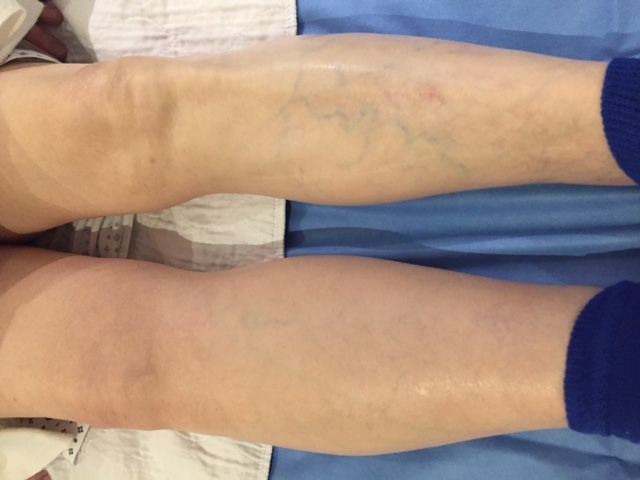
LEG SWELLING: BEFORE AND AFTER PHOTOS FOLLOWING THE PLACEMENT OF AN ILIAC VEIN STENT - South Bay Vascular Center and Vein Institute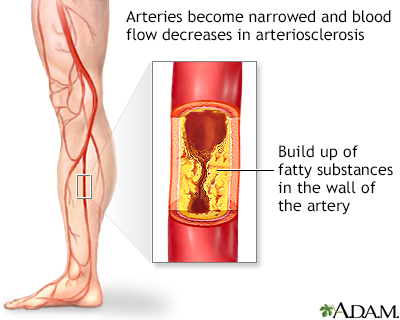
Angioplasty and stent placement - peripheral arteries - discharge Information | Mount Sinai - New York
Angioplasty of the leg arteries | Health Information | Bupa UK
Leg Stent Surgery - Improve Leg Circulation To Avoid Leg Amputation
Treating Deep Vein Thrombosis with Angioplasty and Stenting
Angioplasty & Stent Placement in NYC - HeartVein NYC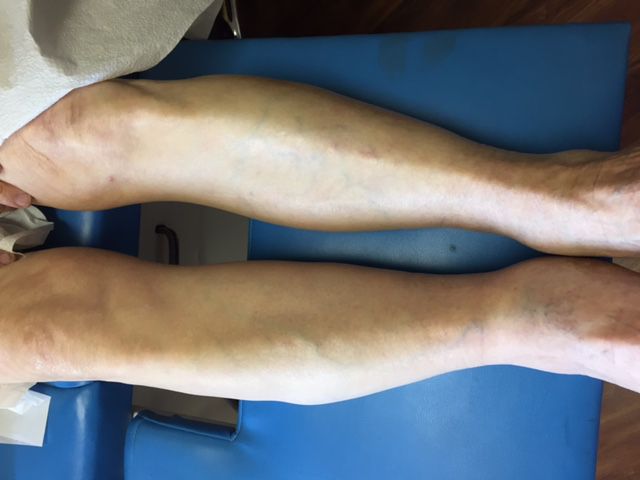
LEG SWELLING: BEFORE AND AFTER PHOTOS FOLLOWING THE PLACEMENT OF AN ILIAC VEIN STENT - South Bay Vascular Center and Vein Institute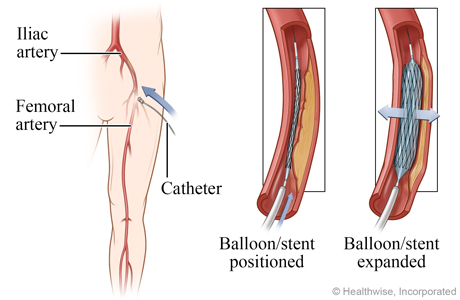
Peripheral Arterial Angioplasty | Michigan Medicine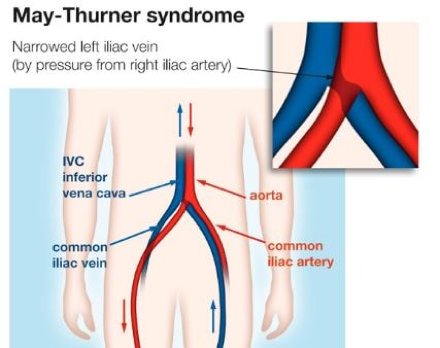
Balloon angioplasty and stenting for obstructive venous lesions like May-Thurner - Vascular Care Centre
Iliac vein stenting in postmenopausal leg swelling - Journal of Vascular Surgery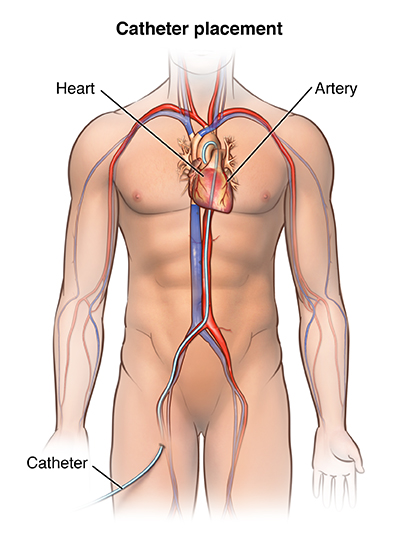
Angioplasty and Stent Placement for the Heart | Johns Hopkins Medicine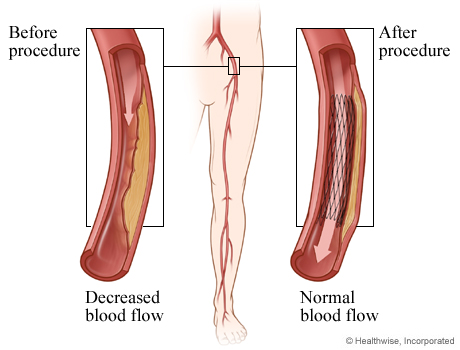
Peripheral Arterial Angioplasty | CS Mott Children's Hospital | Michigan Medicine
PATIENT INFORMATION BOOKLET
Angioplasty and Stent Placement for the Heart | Johns Hopkins Medicine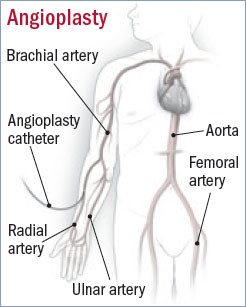
Angioplasty and stenting through the arm - Harvard Health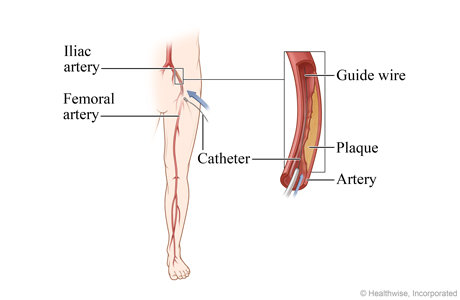
Peripheral Arterial Angioplasty | Michigan Medicine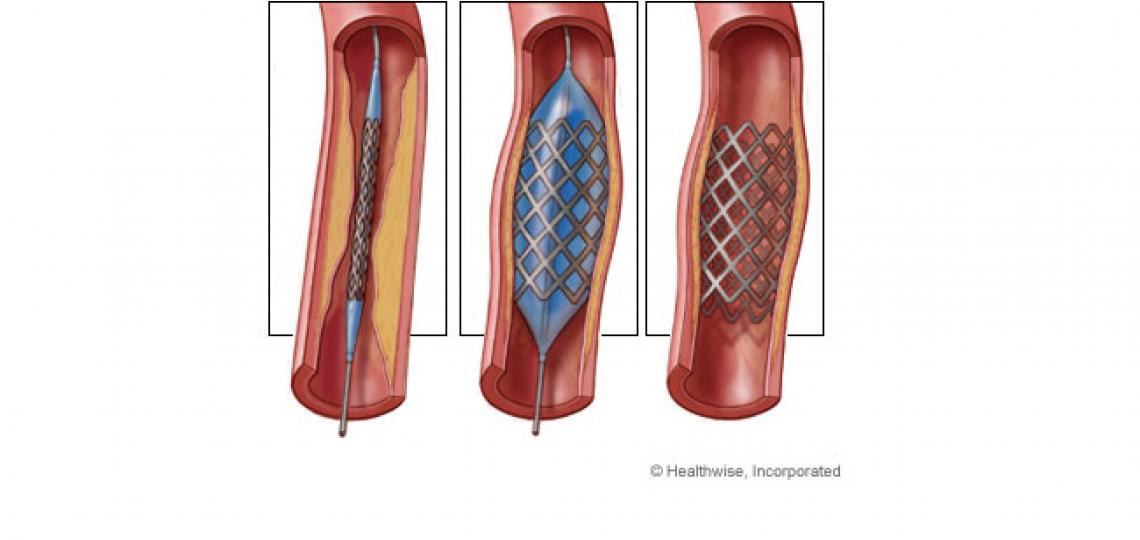
Angioplasty and Stent Placement
Inferior Vena Cava Filters, May-Thurner Syndrome, and Vein Stents | Circulation
Doctors Sound an Alarm Over Leg-Stent Surgery - WSJ
Peripheral artery disease - Harvard Health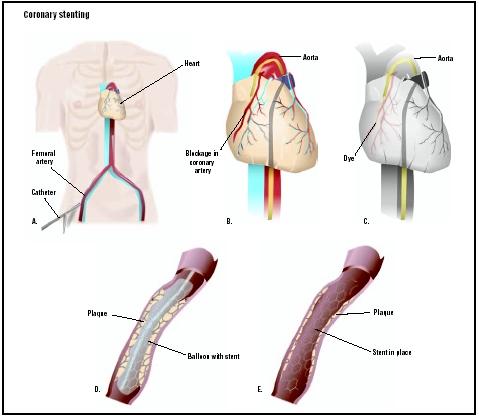
Coronary Stenting - procedure, recovery, blood, tube, pain, complications, time, infection
Department of Surgery - Lower Extremity Bypass Surgery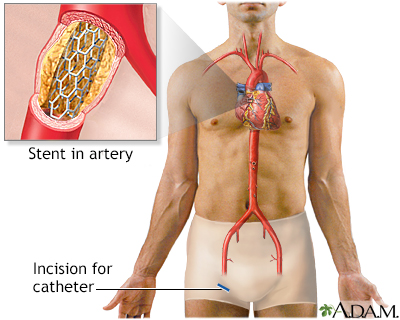
Angioplasty and stent placement - peripheral arteries - discharge Information | Mount Sinai - New York
Angioplasty and Stent Placement for the Heart | Johns Hopkins Medicine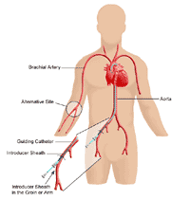
During Your Angioplasty | Stanford Health Care
Peripheral Artery Disease (PAD) Treatment - VIRchicago
How to recover from a stent procedure and avoid complications - Insider
Treating Blocked Leg Arteries: When you need a procedure and when you don't - Choosing Wisely Canada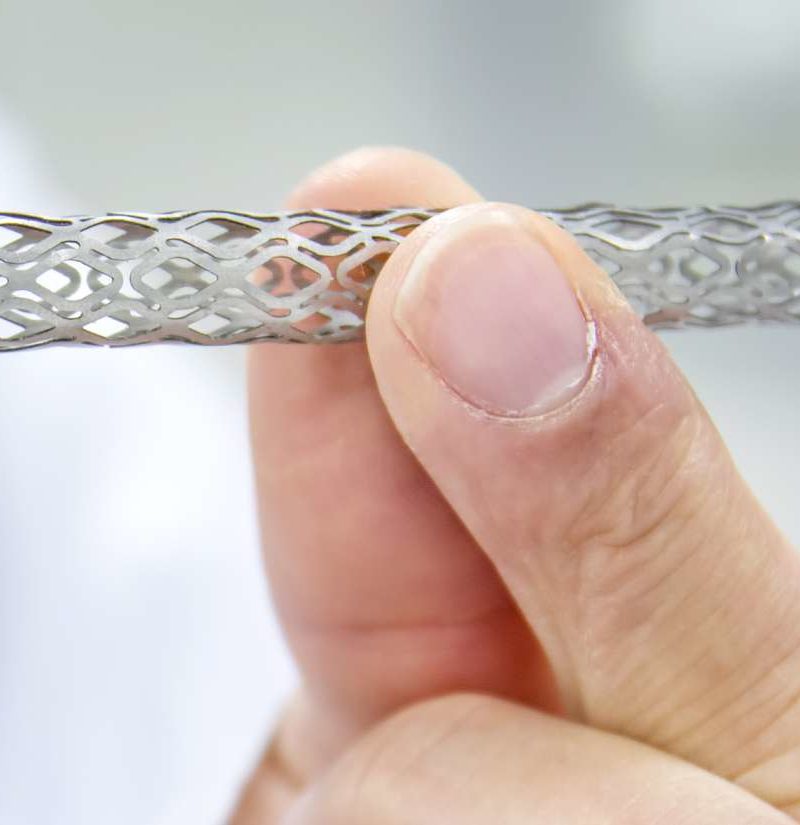
What is a stent? Uses, risks, and recovery
Are You a Good Candidate for Coronary Angioplasty?
May-Thurner syndrome and iliac arteriovenous fistula in an elderly woman - Journal of Vascular Surgery Cases and Innovative Techniques
Why do leg stents fail so fast? UNMC has a $3.5 million grant to find out | Health | omaha.com
Finding Relief for Painful Veins in Your Legs Without Surgery
Exercise After Angioplasty & Stent | Important Safety Guidelines (2019)
Peripheral artery disease, Lifestyle | Peripheral artery disease, Arteries, Leg diseases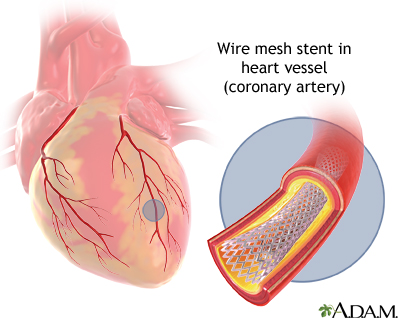
Angioplasty and stent placement - heart: MedlinePlus Medical Encyclopedia
Department of Surgery - Lower Extremity Bypass Surgery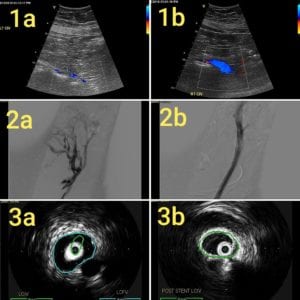
Case Study: 56-year-old female, Chronic Leg & Back Pain - HeartVeinNYC
Angioplasty Vs Bypass Surgery: All You Need to Know | Medanta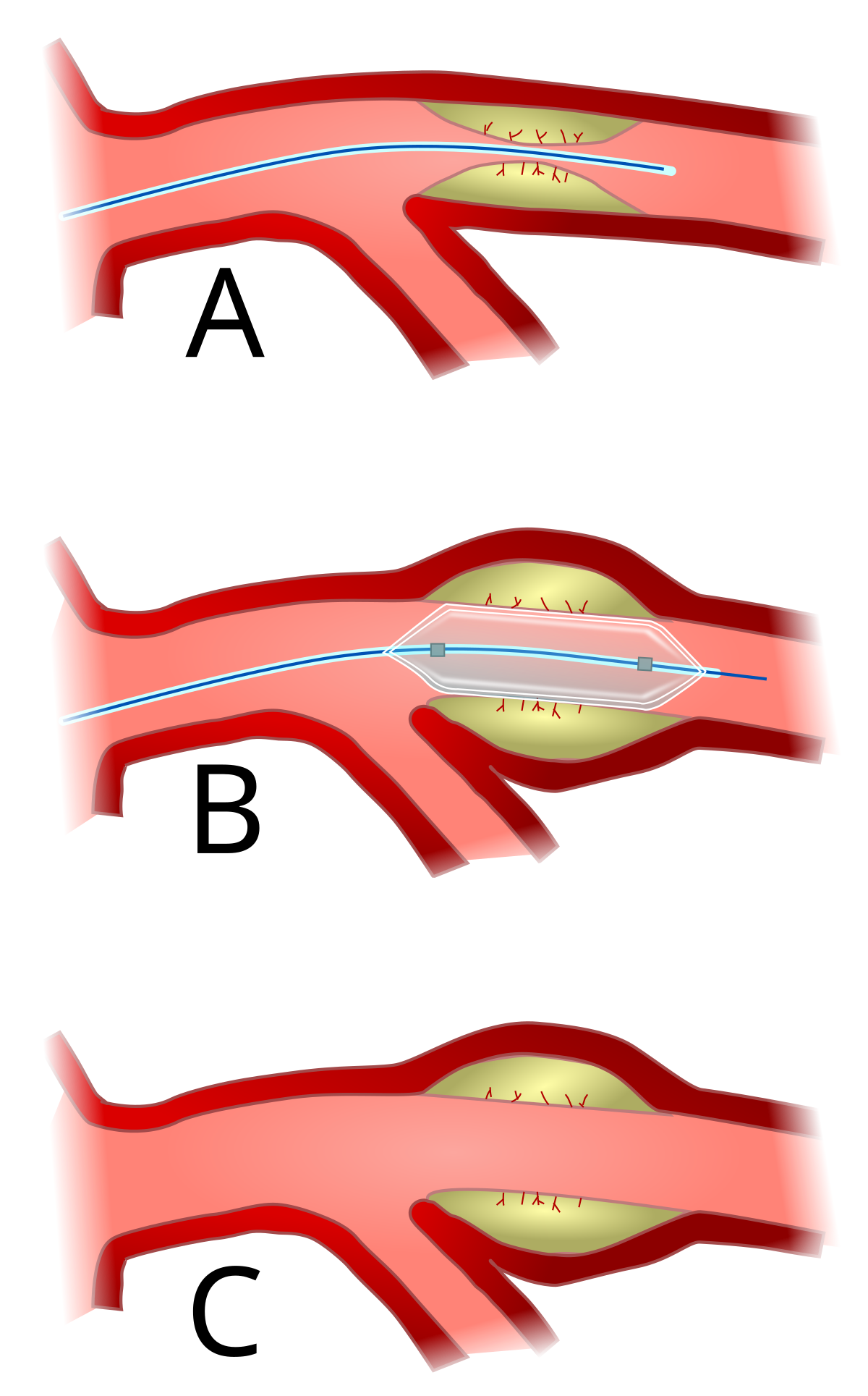
Angioplasty - Wikipedia
 What's Life After Stent Placement? - Docwire News
What's Life After Stent Placement? - Docwire News



































Posting Komentar untuk "pain after stent placement in leg"